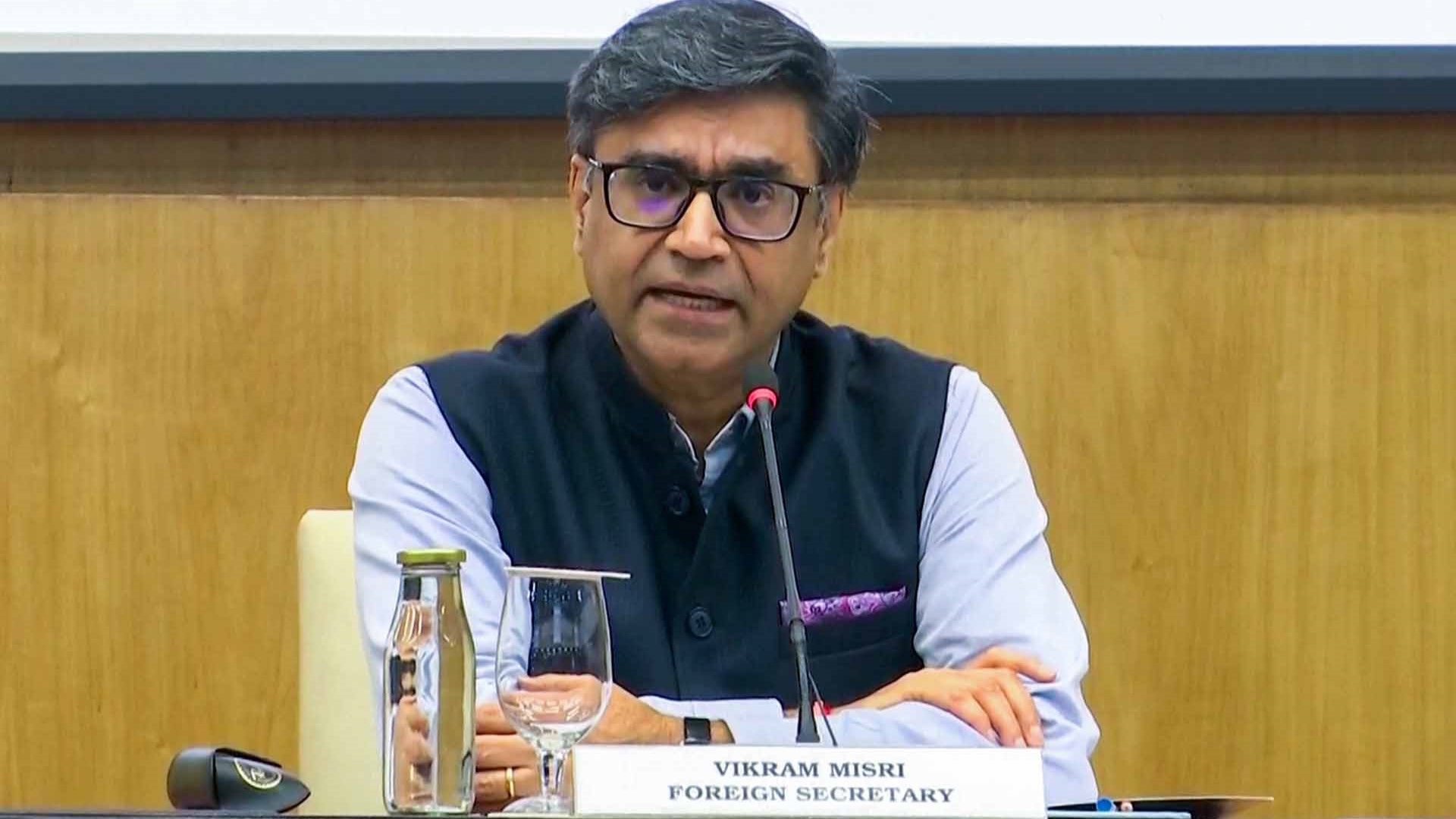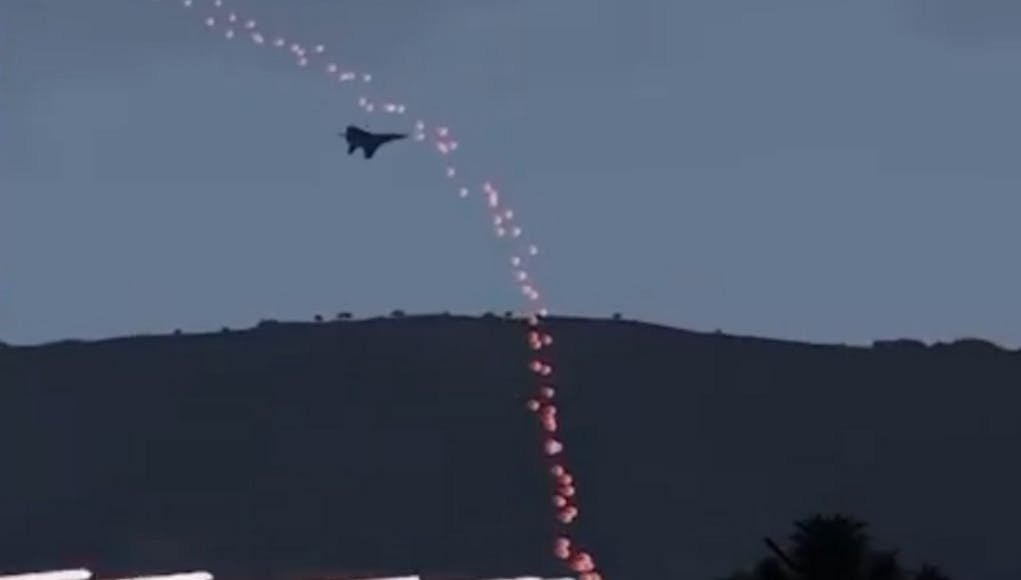India, Pakistan Halt Border War Amidst U.S. Mediation Claims and Disinformation Barrage
Fragile truce already showing cracks amidst information war. President Trump eagerly takes credit for ceasefire.

NEW YORK — A precarious quiet has fallen over the disputed Kashmir border after India and Pakistan agreed to an immediate ceasefire, halting four days of the most intense cross-border fighting seen in decades. The cessation of hostilities, announced amidst a flurry of diplomatic activity and competing narratives, notably featured a victory claim by former U.S. President Donald Trump and current Secretary of State Marco Rubio, assertions swiftly complicated by Indian officials. As the smoke begins to clear, what emerges is a landscape scarred not only by shelling and missile strikes but also by a vigorous information war, one that is further entrenched the fog of war and belligerents eager to deliberately obscure the conflict's realities.
The recent conflagration erupted with a ferocity that rattled regional stability, claiming at least 66 civilian lives and forcing countless others to flee their homes. Residents along the 460-mile Line of Control, a de facto border bisecting Kashmir, described relentless shelling and drone attacks, a significant escalation from the more common artillery exchanges. The conflict saw missile strikes targeting air bases in both nations, and for a tense period, fears of nuclear miscalculation spiked when reports, later denied by Pakistan's defense minister, suggested its nuclear command body would convene. This brutal, swift escalation underscored the persistent volatility of the region.
U.S. President Donald Trump, utilizing his Truth Social platform, declared that "India and Pakistan have agreed to a FULL AND IMMEDIATE CEASEFIRE" following talks "mediated by the United States." He lauded both nations for employing "Common Sense and Great Intelligence." Secretary of State Marco Rubio elaborated, stating he and Vice President JD Vance had engaged senior officials from both countries, securing not only the ceasefire but also an agreement for broader talks at a neutral venue. However, this narrative of American diplomatic triumph was promptly challenged by the Indian government, which asserted the ceasefire was a direct bilateral arrangement and denied any commitment to further talks under the conditions Rubio described.
The battlefield itself remains shrouded in the classic fog of war, with both New Delhi and Islamabad rushing to shape perceptions of their military performance. Indian military officials publicly refuted Pakistani claims of damaging Indian airfields and defense systems, countering with their own assertions of significant destruction inflicted upon Pakistani military facilities and radar capabilities. Such dueling accounts are standard fare in these conflicts, and as demonstrated after the 2019 engagements, establishing a verified picture of precise losses and gains can take weeks, if not longer, leaving the public to navigate a barrage of unconfirmed reports.
This battle for narrative control extended overtly into the digital realm, highlighted by a glaring misstep from the Pakistani government. An official social media account for the Government of Pakistan posted footage, purportedly of its military’s robust response to Indian actions, which was quickly identified by internet users as gameplay from the military simulation video game ARMA 3. Pakistan’s Information Minister had praised the armed forces for their “timely and nerve-wracking response” alongside the fabricated video. This incident, far from an isolated case of ARMA 3 footage being misused, starkly illustrates the brazen disinformation tactics employed, further complicating efforts to discern facts from fiction during active conflict.

The immediate trigger for this latest crisis was a deadly militant attack on tourists in Indian-controlled Kashmir, for which India squarely blamed Pakistan, accusing its neighbor of harboring the responsible terrorist groups. While the guns have momentarily fallen silent, the underlying grievances, particularly the decades-old dispute over Kashmir and the persistent specter of cross-border terrorism, remain dangerously unresolved. The international community, including Gulf nations like Saudi Arabia, Qatar, and the United Arab Emirates, reportedly also engaged in efforts to de-escalate, reflecting a broader concern over the stability of the nuclear-armed rivals.
With the ceasefire holding, a tentative calm returns, yet the path forward is anything but clear. The contested nature of the U.S. diplomatic role raises questions about Washington's influence and the complexities of mediating between two deeply distrustful nations. The blatant use of disinformation underscores a challenging new dimension in modern warfare, where the battle for public opinion is waged with manipulated media. For the people caught in the crossfire, the immediate relief is palpable, but the larger questions of lasting peace and verifiable truth hang heavy in the air.
